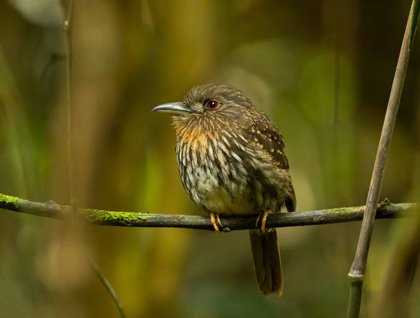We began the last day of our journey through Costa Rica and Panama anchored at Gatun Lake, in the middle of the Panama Canal. Any other vessel that enters the Panama Canal has to complete the transit through it, non-stop from one coast to the other.
Being able to start the transit one day and finish it the next is a privilege National Geographic Sea Lion has, since Lindblad Expeditions/National Geographic offers the unique opportunity to visit a Mecca of tropical ecology research, The Smithsonian Tropical Research Center (STRC) at Barro Colorado Island (BCI).
We enjoyed the presence on board of Dr. Egbert Leigh, a well-known scientist who has led several projects at BCI, and afterwards he shared some of his experiences at this living laboratory.
Our morning passed hiking through the island or cruising in our inflatable boats around the boundaries of BCI. Before the construction of the canal, BCI was a hill; after the Gatun Lake was flooded, it became an island and today it is home to several forms of life. We were able to spot snail kites, whiskered puff birds, spotted antbirds, motmots, howler monkeys, agoutis, great curassows, green iguanas and many more species.
Those who went on the boat rides got to see a caiman, a reptile that we had not seen before during this voyage. Similar to crocodiles in terms of shape, caimans grow to around two meters (six feet) and are usually associated more with fresh water environments than salt water; they are also less aggressive than crocodiles.
Our visit to BCI came to an end and we headed back to the ship where the galley had prepared a delicious lunch for us.
Our canal pilot arrived at 2:00 p.m., as scheduled, and a little bit later we started our second part of the transit through Gatun Locks. No matter how many times one crosses the canal, it is always an amazing experience when we put in perspective the fact that this marvelous monument to engineering was built a century ago.
The narration by our Panamanian naturalist Roberto Medina helped our guests understand the process of the canal crossing and there was still time to see more wildlife, such as the special capybara, a species present in South America that finds its farthest north range right by the canal.
After Gatun Locks, we ended up in Colon on the Caribbean Coast. We have enjoyed a great journey discovering the marvels and wealth of biodiversity of Costa Rica and Panama.









